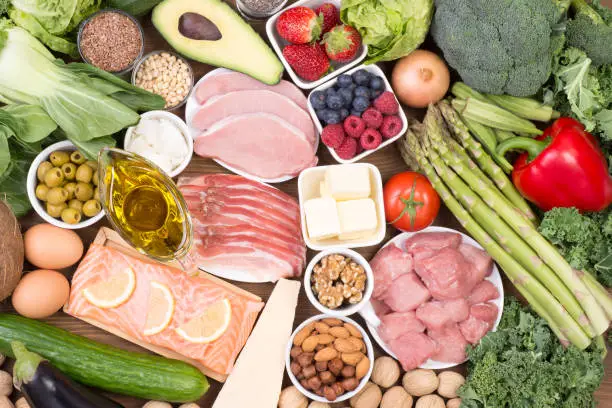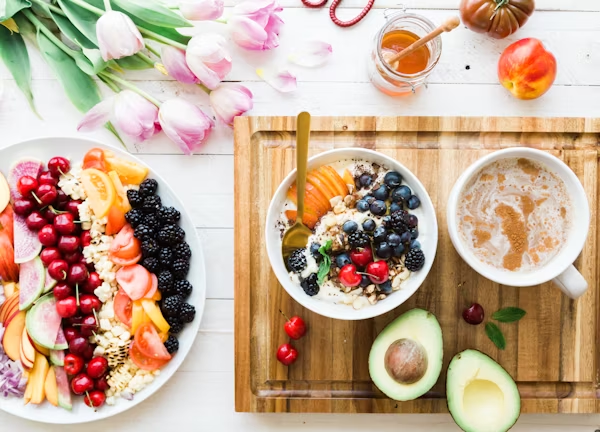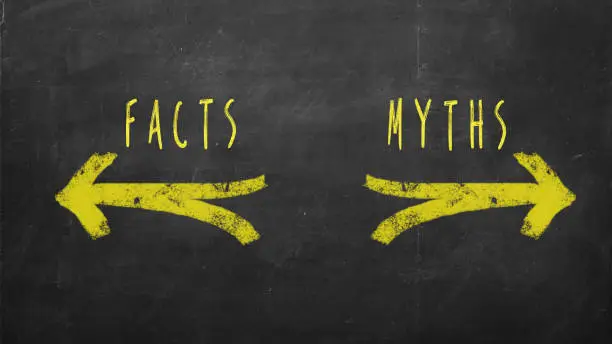Why Food Choices Matter for Fat Loss
Calories aren’t everything
Yes, calories matter—but what you eat matters more. You can eat 500 calories of candy or 500 calories of chicken and broccoli—they affect your body very differently. Quality matters as much as quantity.
Nutrient density vs. calorie density
Fat-loss-friendly foods are usually high in nutrients but low in calories, helping you feel fuller longer without overeating.
Lean Proteins for Fat-Burning Power 💪
Chicken, turkey, and lean beef
Lean meats are protein-packed, meaning they help build muscle and keep you full. More muscle = more calories burned, even at rest.
Fish and seafood
Fish like salmon, cod, and tuna are rich in protein and heart-healthy fats. Omega-3s also help reduce inflammation, which can support fat loss.
Plant-Based Protein Sources 🌱
Lentils, beans, and chickpeas
These legumes are great for plant-based eaters. They’re rich in fiber, protein, and slow-digesting carbs, making them a top fat-burning pick.
Tofu, tempeh, and edamame
Soy-based proteins offer complete amino acids and are super versatile in the kitchen.
Fat-Burning Fats (Yes, Really!) 🥑
Avocados and healthy oils
Avocados are rich in monounsaturated fats, which help control hunger and improve nutrient absorption.
Nuts and seeds
Full of good fats, protein, and fiber. Just watch the portion sizes—a small handful goes a long way.
Fiber-Rich Foods to Keep You Full 🥦
Cruciferous vegetables
Broccoli, cauliflower, Brussels sprouts—they’re low in calories and high in fiber, helping you feel fuller without eating more.
Whole grains
Whole grains like oats and brown rice are slow-digesting, keeping your blood sugar stable and hunger at bay.
Low-Calorie, High-Volume Foods 🥒
Why volume matters in weight loss
Volume eating means filling up on foods that are big in size but low in calories—more food, less guilt.
Best options for volume eating
Lettuce, zucchini, cucumbers, mushrooms—eat them in big servings and feel satisfied without overeating.
Thermogenic Foods That Boost Metabolism 🔥
Chili peppers and spicy foods
Capsaicin, found in chili peppers, may slightly boost your metabolism and reduce appetite.
Green tea and coffee
Both contain caffeine, which can help mobilize fat from tissues and boost metabolic rate, especially before workouts.
Fruits That Help Fight Fat 🍓
Berries and apples
Loaded with fiber and antioxidants, berries keep blood sugar stable and taste amazing in everything from smoothies to salads.
Citrus fruits and melons
Low in calories, high in water content, and super refreshing—perfect for summer fat loss goals.
Hydrating Foods That Support Weight Loss 💧
Cucumbers, watermelon, and lettuce
These foods are over 90% water. Staying hydrated helps control hunger and supports digestion.
How hydration aids fat loss
Dehydration can slow your metabolism and trigger false hunger cues. Eat your water!
Smart Carbs That Fuel Fat Loss 🍠
Sweet potatoes and oats
Both are high in fiber and release energy slowly, keeping you full longer and avoiding insulin spikes.
Brown rice and quinoa
Whole grains like these offer fiber, protein, and essential nutrients, making them ideal carb choices.
Foods That Support Gut Health 🦠
Yogurt and kefir
Packed with probiotics, these fermented dairy foods boost digestion and immune function, which can indirectly help fat loss.
Fermented foods like kimchi and sauerkraut
They’re gut-health goldmines—improving digestion, reducing bloat, and supporting nutrient absorption.
Snack Smarter – Healthy Fat-Loss Snacks 🧀
Greek yogurt, hard-boiled eggs
Protein-rich and convenient, these keep hunger away between meals.
Hummus with veggies, protein bars
Choose protein bars with clean ingredients, or dip raw veggies in hummus for a satisfying crunch.
What to Limit or Avoid for Fat Loss ❌
Refined carbs and added sugars
White bread, sugary drinks, baked goods—these spike blood sugar and cause fat storage. Avoid when possible.
Highly processed foods
They’re designed to be addictive. Stick to whole, minimally processed foods for better fat-burning results.
How to Build a Fat-Loss Friendly Plate 🍽️
Visual portion guide
- 🥩 Protein = palm size
- 🥦 Veggies = half your plate
- 🍚 Carbs = fist size
- 🥑 Fats = thumb size
Macronutrient balance
Balanced meals = less snacking, fewer cravings, and better fat loss. Aim for protein + fiber + healthy fat every time.
Timing Matters: When to Eat for Fat Loss ⏰
Meal timing and metabolism
Eating regularly keeps blood sugar stable. Skipping meals can lead to overeating later.
Intermittent fasting and fat burning
It works for some, but it’s not magic. Fat loss still depends on total calories and food quality.
Final Thoughts on Fat-Loss Foods
Fat loss isn’t about restriction—it’s about making smart, satisfying, and sustainable food choices. There’s no single “fat-burning” food, but the right combo can boost your results big time. Focus on quality, eat mindfully, and give your body the nourishment it needs.
❓ FAQs
Can I eat carbs and still lose fat?
Yes! The key is choosing smart carbs (whole grains, fruits, veggies) and watching your portions.
Is fruit okay for fat loss?
Absolutely. Fruit is full of fiber, vitamins, and antioxidants. Just avoid overdoing high-sugar fruits if you’re watching carbs.
Should I count calories or eat intuitively?
Both work. Calorie counting helps with awareness; intuitive eating works once you understand hunger cues and portion control.
What’s the best drink for fat loss?
Water! Add lemon, cucumber, or mint. Green tea and black coffee can help too—just skip the sugar and cream.
How many meals a day should I eat?
It depends on your lifestyle. 3 balanced meals or 4–6 smaller ones both work—as long as your total calories are right.



